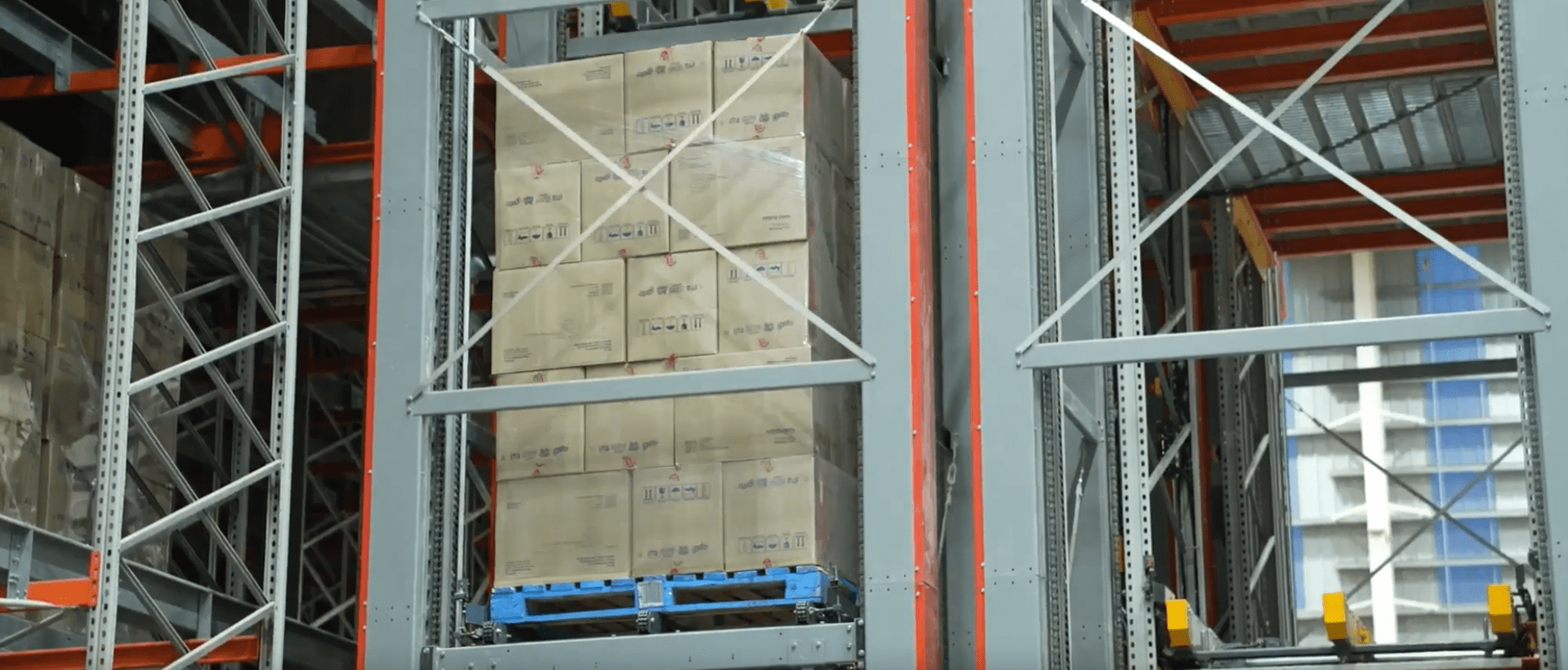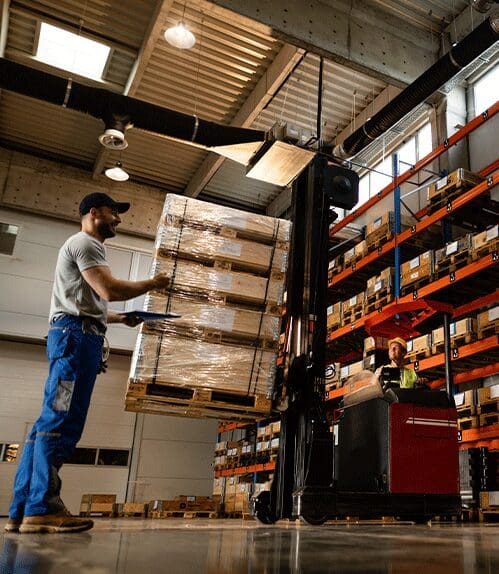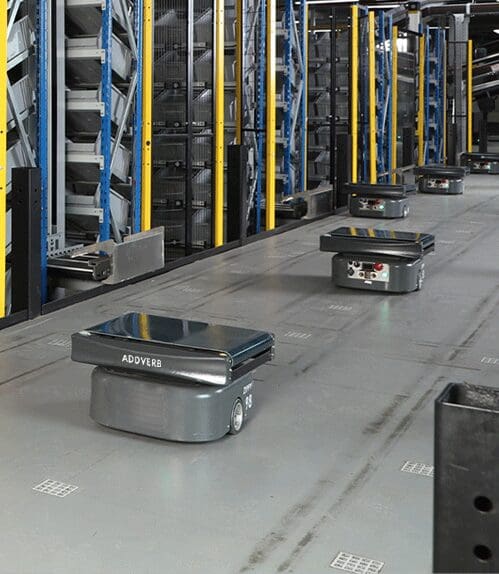Table of Contents
The sky may define limits for some, but in warehouses height of your storage shelves defines limits to your space optimisation. As the space constraints in warehouses lead to vertical expansion instead of horizontal, it is imperative to have a solution that can retrieve objects from a height. Vertical Lift Modules (VLMs) perform the same function – enable reach at a height.
These advanced systems revolutionize inventory management, making them indispensable in modern-day operations.
What is a Vertical Lift Module?
It is a sophisticated storage solution designed to automate the retrieval and storage of items. Visualize an elevator designed not for people, but for trays of inventory. VLMs feature two parallel columns of trays with a mechanical extractor positioned between them.
This extractor, operating similarly to an elevator mechanism, automatically moves vertically to retrieve and store items from the trays. By entering the tray number on a built-in control panel, the system swiftly locates the item and delivers it directly to the user.
Why VLMs are a Game-Changer
In manufacturing and warehousing, operational efficiency is crucial. These lifts are especially advantageous for managing slow to medium-moving inventory. Industries such as automotive, aerospace, and electronics have increasingly adopted VLMs to streamline inventory management. For instance, the automotive sector, representing approximately 18% of VLM usage, leverages these systems to optimize storage space and mitigate costs associated with damaged parts.
The global market size was estimated at USD 1,558.9 million in 2023 and is projected to grow at a CAGR of 9.1% from 2024 to 2030.
Source: Grand View Research
Who Benefits from VLMs?
These lifts are ideal for facilities with high ceilings and heavy items that require mechanical assistance for safe handling. They excel in environments with frequent inventory changes and items of varying sizes and weights. Typical applications include:
Order Picking: Streamlines retrieval by delivering items directly to the operator.
Kitting and Parts Handling: Organizes and prepares parts for production or assembly.
Buffer Storage: Efficiently manages inventory fluctuations.
The Impact of VLMs
Optimized Space Utilization
VLMs make use of vertical space up to 100 feet high, reducing floor space requirements by up to 90% compared to traditional shelving.
Enhanced Productivity
Automated systems significantly cut down wait times, delivering items up to 400% more efficiently.
Improved Safety
Automated retrieval and obstacle detection sensors minimize the risk of accidents and injuries.
Seamless Integration
Lifts can operate independently or integrate with existing Warehouse Management Systems(WMS) for streamlined operations.
Minimized Damage
The automated nature reduces handling errors and ensures near-zero damage to items.
Is a VLM Right for You?
For organizations managing slow to medium-moving inventory and aiming to enhance warehousing operations, VLMs provide a compact and efficient solution. They are particularly well-suited for industries like electronics, pharmaceuticals, and automotive, where space optimization and operational efficiency are critical.
Vertical Lift Modules represent a significant advancement in storage technology. Their capacity to maximize space, boost productivity, and enhance safety makes them an essential asset for any organization striving to elevate its warehousing capabilities.
Conclusion
Considering the benefits mentioned above on a quite macroscopic level, it is the best technology or tool to meet each organisation’s specific business and warehouse requirements. With its compact size, it is ideal for storing and picking items such as electronic components, pharmaceuticals, and tools. It is best applicable for slow to medium-moving order fulfilment applications as part of a facility and organization which is emerging in its industry in terms of scale and trying to hit the “benchmark” level performances!
Founded in 2016, Addverb offers complete robotics solutions for warehouse and industrial automation, with a strong global presence through its subsidiaries worldwide. The company provides a range of in-house automation products, including Autonomous Mobile Robots, ASRS, and sorting technologies. It serves over 350+ clients, including well-known companies such as Coca-Cola, Amazon, and DHL.






